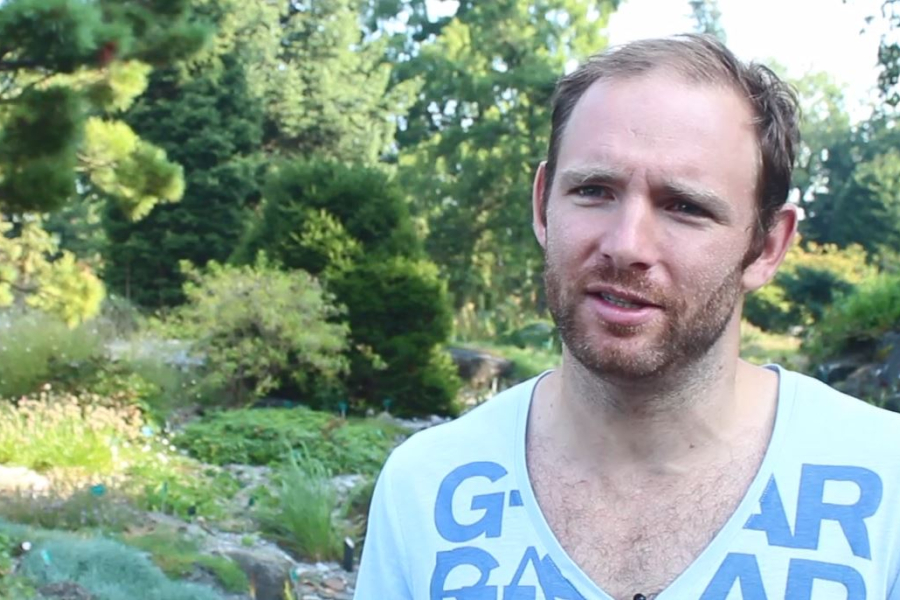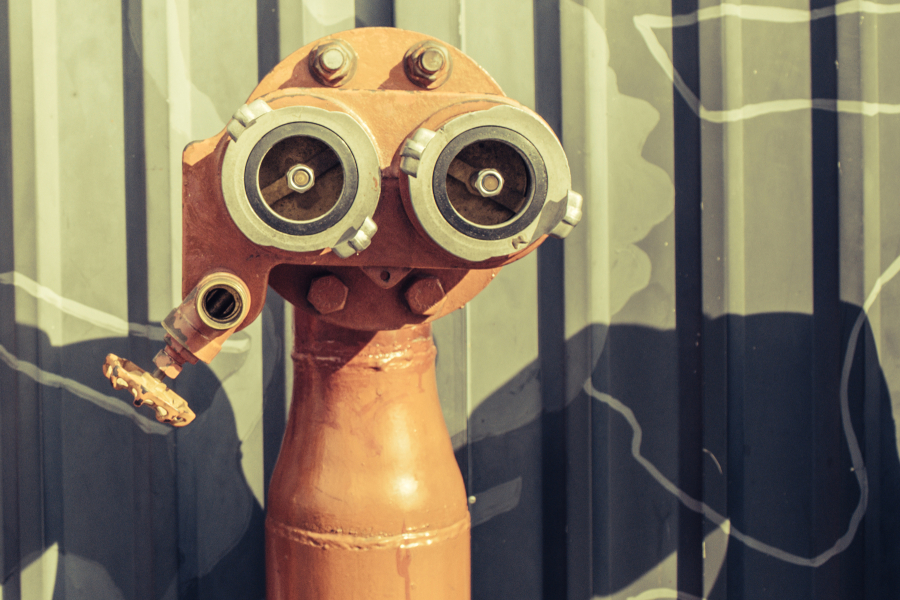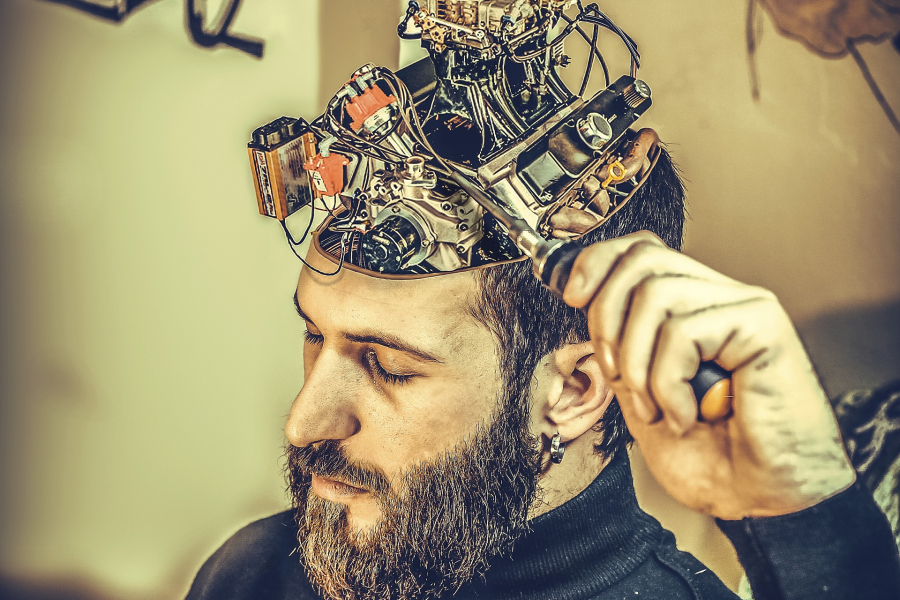Shortcuts in the energy transition
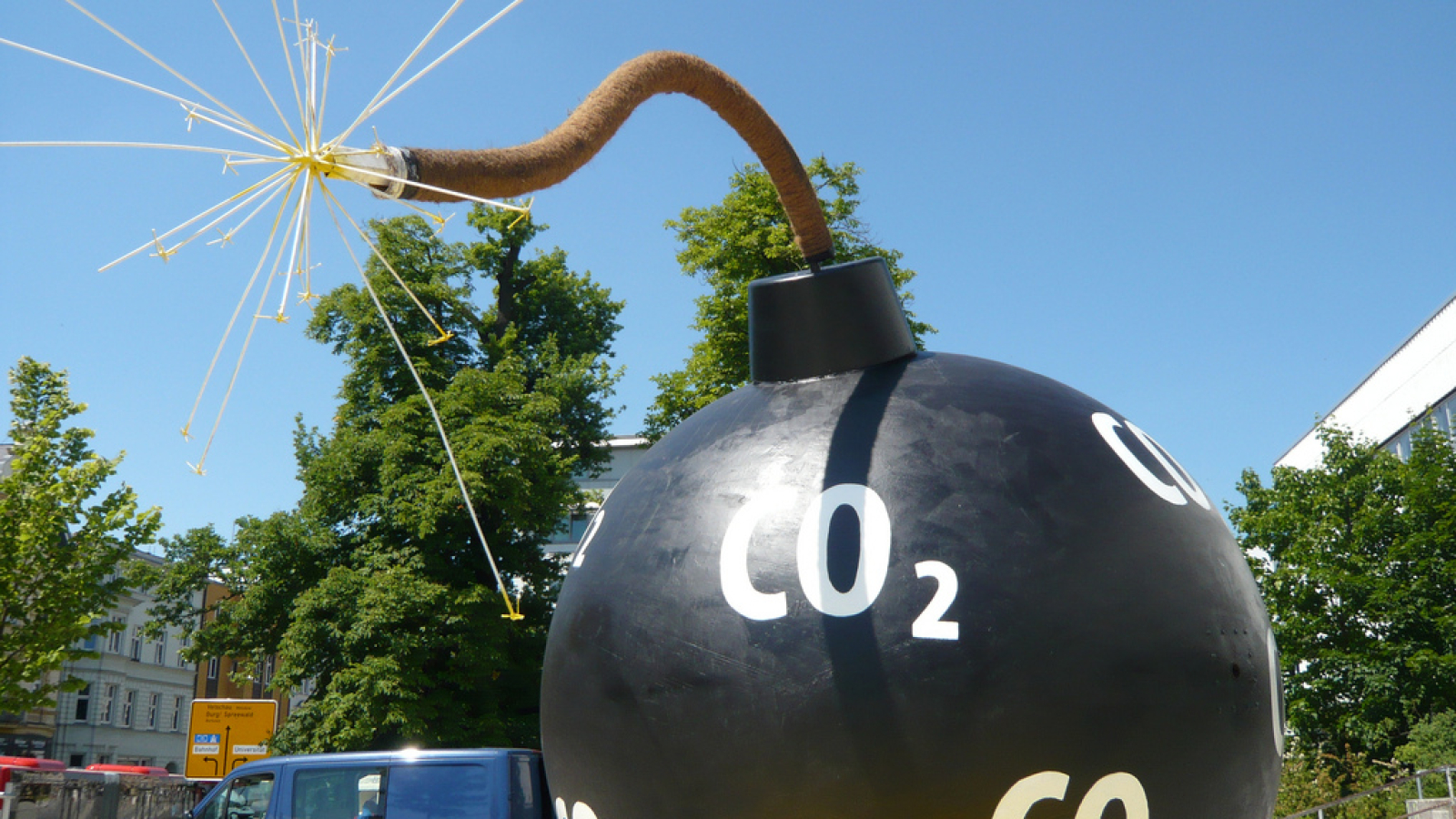
To stop global warming, we need to structurally change our energy system. But the necessary energy transition is going slow. And so, according to most experts, technological interventions in the ecosystem are necessary to bridge the gap until we have shifted into a greener energy system. Ideas include placing mirrors in the sky to reflect sunlight, creating artificial clouds that mimic volcano eruptions or trapping CO2 underground. While proponents see these geo-engineering techniques as inevitable, others regard them as a palliative. They don't really tackle the root causes, and distract us from what we really need to do: change our behavior. Innovation scientist Dr Frank van Rijnsoever (UU) studied the social acceptance of CO2 storage in the Netherlands. We have enough space underground to store all our expected CO2 emissions over the next 40 years. But according to Van Rijnsoever CO2 storage will not likely become our pollution saver: "Technically it works, but socially it doesn't."
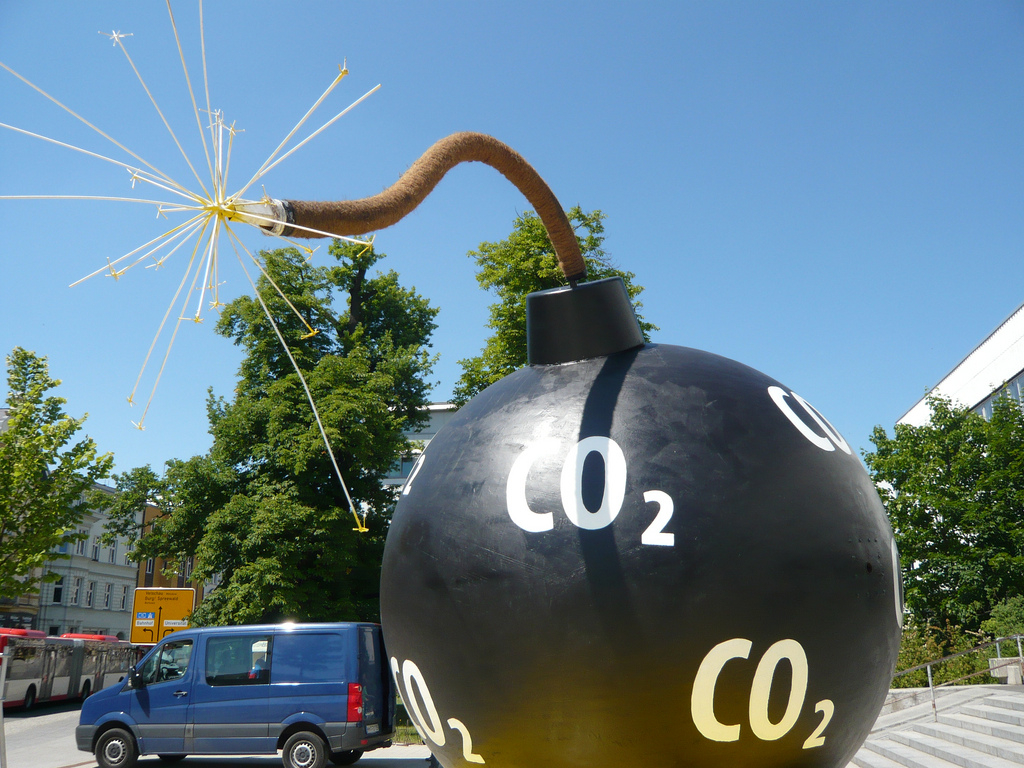
Not in My Backyard
In 2008 tempers were running high in Barendrecht, the first location in the Netherlands picked for an experiment to store carbon underground. Van Rijnsoever: "Locals were anxious of this new technique. Images were spread of dead children on the hockey field after a CO2 explosion. This was a typical example of 'Not In My Backyard'." Due to the high resistance among citizens the government decided to stop the project. Although the fear and associated risks of carbon storage were mostly irrational (it is much more likely to die in a car crash, than by a CO2 explosion), it was impossible to convince the local inhabitants otherwise. According to psychologist Paul Slovic two factors determine the extent to which people are willing to accept risks: how familiar they are with a certain risk, and the ability to control the risk themselves. These explain why most people are fine with risks that come with driving, downhill skiing or fireworks (risks that are familiar and controllable), but fearful of risks implicit in DNA-technology, radio-active waste or pesticides. People are not sure what these so-called 'dread risks' exactly entail and feel like they are not in charge of the situation. A social debate is necessary, according to Van Rijnsoever, rather than just a discussion on the technological possibilities. Are people willing to accept new risks?
Convincing arguments
How do you convince people that storing a large bubble of CO2 under their house is a good idea? Experts may talk about the low risks and practical benefits, but to people living in the area these arguments are unconvincing. To prevent debacles such as in Barendrecht, Van Rijnsoever studied which arguments are most compelling for people. According to experts one of the main arguments for CO2 storage is that the climate problem cannot be solved without it. However, to the layperson, this isn't an important argument at all, Van Rijnsoever discovered. If you ask them to select the arguments that they find most important from a list, the simple argument that you have to 'clean up your own waste' resonates much more, just like the argument that carbon storage can be used in industries that have no green alternative such as the steel industry.
If you want to convince people of the benefits of CO2 storage, three arguments work best, according to Van Rijnsoever: "Refer to norms, industrial applications and safety benefits." After studying all the pro's and con's himself Van Rijnsoever is convinced of the necessity of technological fixes to reach the climate goals. But quick fixes are not enough: "It will smoothen the energy transition a little bit, but in the end I think we just have to change our habits drastically and live more sustainable."




